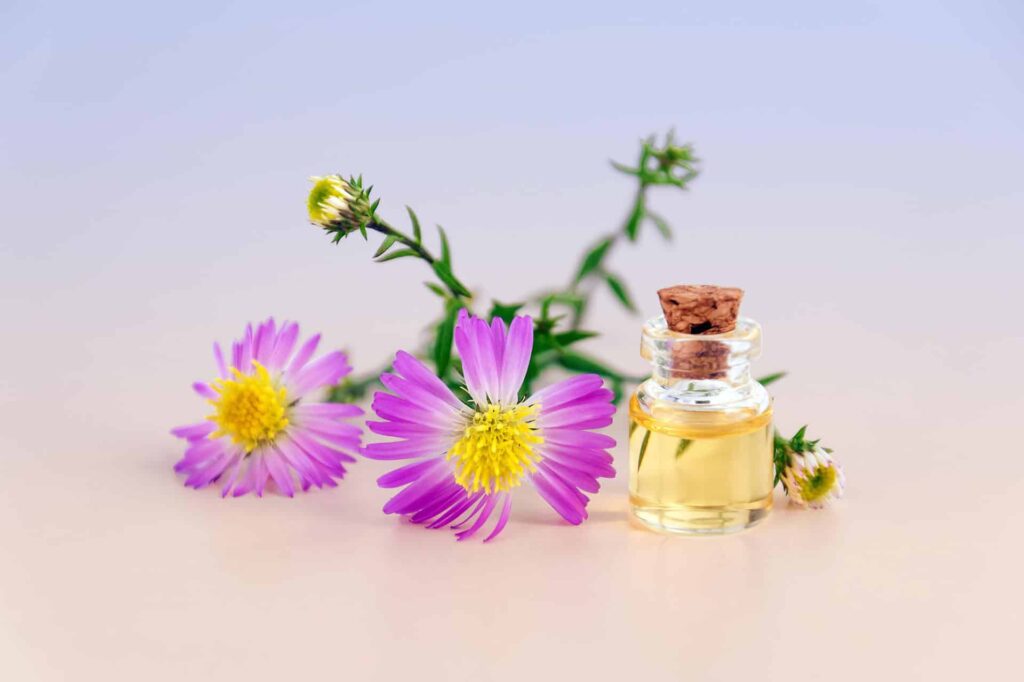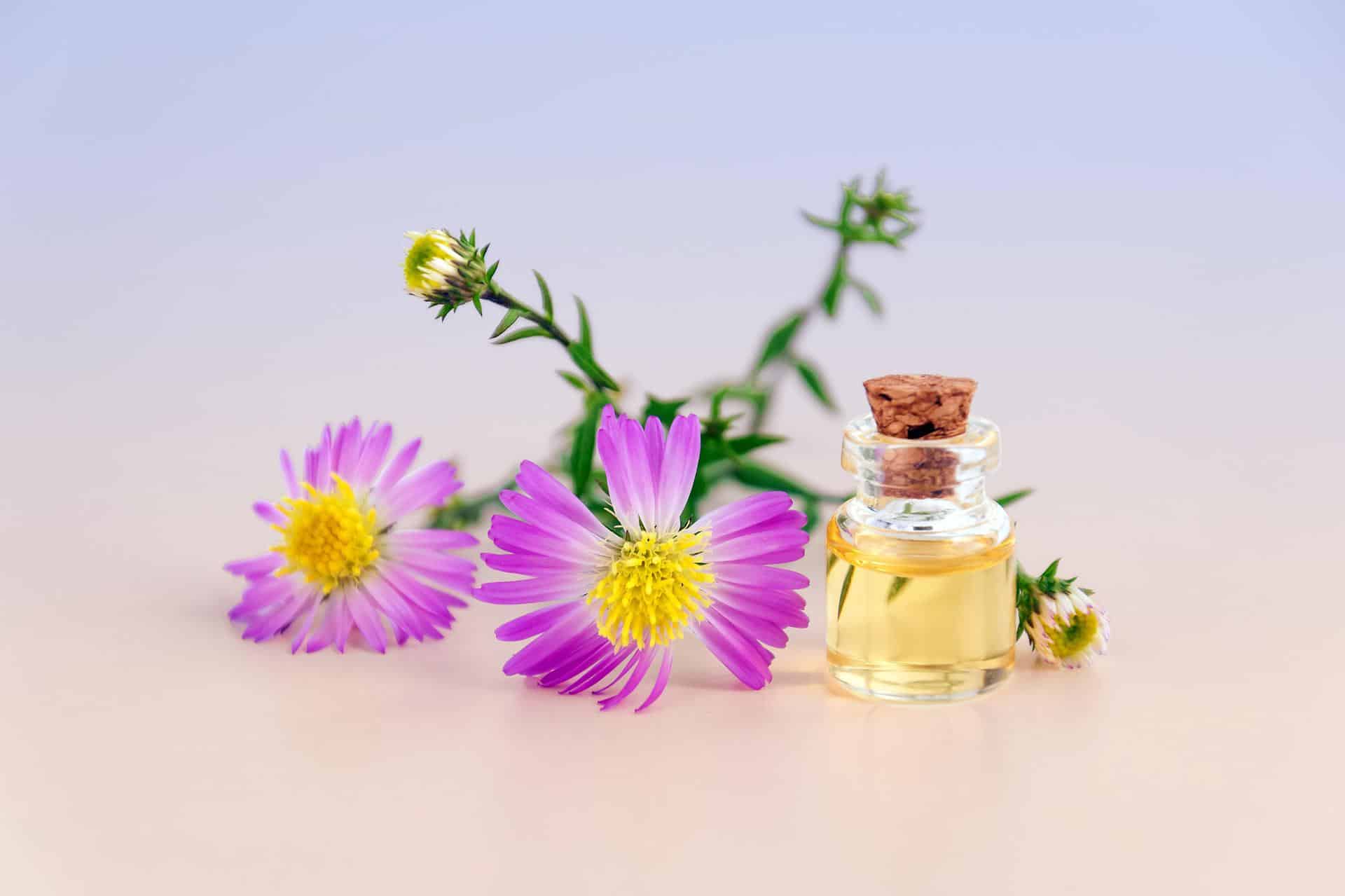Essential oils for fever are a common remedy all over the world.
If you’re looking for natural ways to prevent fever, you may be wondering if essential oils can help.
Here are 16 of the best essential oils for fever, along with tips on how to use them.
Fever is one of the body’s ways of fighting infection, so it’s important not to try to lower your fever unless it’s high enough to cause discomfort.
In most cases, you can let the fever run its course and focus on keeping yourself comfortable until it breaks.
However, there are a few essential oils that can help reduce fever safely and naturally. Keep reading for a list of the best essential oils for fever prevention!

Table of Contents
What is the main reason for fever?
Fever is usually caused by infection, although there are a few other possible causes.
When your body is fighting an infection, the immune system releases chemicals that raise your body temperature.
This increase in temperature helps kill off the infection-causing bacteria or viruses. In some cases, fever can also be caused by heat exhaustion or exposure to extreme temperatures.
Also read:
- Coconut oil for eyelashes: Side effects, benefits, how to use & all.
- Why Is Canola Oil Banned In Europe? Actual Truth & Reason.
- Is Soybean Oil Gluten-Free? Side Effects, Benefits & more.
- Dill oil: Recipe, benefits, side effects, company, weight loss, use.
- Mustard oil: Side effects, Benefits, Substitute, Uses, Recipe & all.
- Eating Coconut Oil Before Bed (Weight Loss & All Top Benefits).
Can oils reduce a fever?
There is no scientific evidence to support the claim that essential oils can directly reduce a fever.
However, some essential oils may have other benefits that could help to ease symptoms associated with a fever, such as headaches or muscle aches.
How do essential oils fight against fever?
Essential oils can be used to help reduce fever in a few different ways.
First, they can help lower your body temperature by promoting sweating.
This is why many essential oils for fever contain cooling or refreshing properties. Additionally, essential oils can also help boost your immune system, which can help fight off infection and reduce fever.
Finally, essential oils can help ease symptoms that are often associated with fever, such as headaches, muscle aches, and fatigue.
This can help you feel more comfortable while your body is fighting off the infection.
16 essential oils for fever
While there is no scientific evidence that essential oils can reduce a fever, some essential oils may have other benefits that could help to ease symptoms associated with a fever.
Here are 16 essential oils for fever that may provide relief:
1. Peppermint oil
Peppermint oil is known for its cooling and refreshing properties. It can also help to ease headaches and muscle aches. To use peppermint oil for fever, add a few drops to a diffuser or inhale it directly from the bottle. You can also dilute peppermint oil with carrier oil and apply it to your temples or forehead.
2. Lavender oil
Lavender oil is known for its calming and soothing effects. It may also help to ease headaches and muscle aches. To use lavender oil for fever, add a few drops to a diffuser or apply it diluted with a carrier oil to your temples or forehead.
3. Eucalyptus oil
Eucalyptus oil is known for its ability to clear congestion and ease breathing. It may also help to reduce fever-related aches and pains. To use eucalyptus oil for fever, add a few drops to a diffuser or inhale it directly from the bottle. You can also dilute eucalyptus oil with a carrier oil and apply it to your chest or back.
4. Rosemary oil
Rosemary oil is known for its invigorating and stimulating effects. It may also help to ease headaches and muscle aches. To use rosemary oil for fever, add a few drops to a diffuser or inhale it directly from the bottle. You can also dilute rosemary oil with carrier oil and apply it to your temples or forehead.
5. Tea tree oil
Tea tree oil is known for its antimicrobial properties. It may also help to ease headaches, muscle aches, and congestion. To use tea tree oil for fever, add a few drops to a diffuser or inhale it directly from the bottle. You can also dilute tea tree oil with carrier oil and apply it to your chest or back.
6. Chamomile oil
Chamomile oil is known for its calming and soothing effects. It may also help to ease headaches and muscle aches. To use chamomile oil for fever, add a few drops to a diffuser or apply it diluted with a carrier oil to your temples or forehead.
7. Basil oil
Basil oil is known for its refreshing and energizing effects. It may also help to ease headaches and muscle aches. To use basil oil for fever, add a few drops to a diffuser or inhale it directly from the bottle. You can also dilute basil oil with carrier oil and apply it to your temples or forehead.
8. Ginger oil
Ginger oil is known for its ability to ease nausea and vomiting. It may also help to reduce fever-related aches and pains. To use ginger oil for fever, add a few drops to a diffuser or inhale it directly from the bottle. You can also dilute ginger oil with a carrier oil and apply it to your chest or back.
9. Lemon oil
Lemon oil is known for its refreshing and uplifting properties. It may also help to ease headaches and muscle aches. To use lemon oil for fever, add a few drops to a diffuser or inhale it directly from the bottle. You can also dilute lemon oil with a carrier oil and apply it to your temples or forehead.
10. Cinnamon oil
Cinnamon oil is known for its ability to ease nausea and vomiting. It may also help to reduce fever-related aches and pains. To use cinnamon oil for fever, add a few drops to a diffuser or inhale it directly from the bottle. You can also dilute cinnamon oil with a carrier oil and apply it to your chest or back.
11. Thyme oil
Thyme oil is known for its antimicrobial properties. It may also help to ease headaches, muscle aches, and congestion. To use thyme oil for fever, add a few drops to a diffuser or inhale it directly from the bottle. You can also dilute thyme oil with a carrier oil and apply it to your chest or back.
12. Oregano oil
Oregano oil is known for its antimicrobial properties. It may also help to ease headaches, muscle aches, and congestion. To use oregano oil for fever, add a few drops to a diffuser or inhale it directly from the bottle. You can also dilute oregano oil with carrier oil and apply it to your chest or back.
13. Clove oil
Clove oil has been used for centuries to treat a variety of ailments, including fever. Its main active ingredient, eugenol, is known for its anti-inflammatory and pain-relieving properties. Clove oil can be diluted with a carrier oil and applied topically to the chest or back, or it can be added to a diffuser to inhale.
14. Cypress oil
Cypress oil is known for its refreshing and energizing effects. It may also help to ease headaches and muscle aches. To use cypress oil for fever, add a few drops to a diffuser or apply it diluted with a carrier oil to your temples or forehead.
15. Dill essential oil
Dill oil has traditionally been used to help with digestive disorders, but it can also be helpful in reducing fever. This oil works by stimulating the release of bile, which helps to detoxify the body and reduce fever. To use dill oil for fever, add a few drops to a diffuser or add it to a warm bath. You can also massage dill oil into your stomach.
16. Geranium oil
Geranium oil is known for its ability to balance hormones and reduce stress, but it can also be helpful in reducing fever. It works by helping to reduce inflammation and stimulate the release of toxins from the body. To use geranium oil for fever, add a few drops to a diffuser or add it to a warm bath. You can also massage geranium essential oil into your skin.
Best way to use oils for fever
Diffuser: You can diffuse essential oils in your room to help purify the air and prevent the spread of germs. Add a few drops of essential oil to your diffuser with water and run it for 30 minutes. Do this 2-3 times a day.
Direct inhalation: You can also inhale essential oils directly from the bottle or from a diffuser. This method is especially helpful if you have a cold or sinus infection.
Compress: Essential oils can also be used in a compress. Simply add a few drops of essential oil to a bowl of hot water and soak a clean cloth in it. Apply the cloth to your forehead or chest and relax for 15-20 minutes.
Massage: Essential oils can also be used in a massage. Simply add a few drops of essential oil to a carrier oil such as jojoba oil or coconut oil and massage into the skin. This method is especially helpful if you have muscle aches or pain.
Bath: You can also add essential oils to your bath. Simply add a few drops of essential oil to your bathtub with warm water and relax for 20-30 minutes. This method is especially helpful if you have a fever or are feeling fatigued.
When to see a doctor?
If you have a fever that lasts longer than three days, it’s time to see a doctor.
Additionally, if your fever is accompanied by other symptoms such as a severe headache, chest pain, or difficulty breathing, you should also seek medical attention.
Finally, if you have a weakened immune system or are pregnant, you should always consult a doctor before using essential oils.
Warning
Essential oils are powerful and should be used with caution. Be sure to do a patch test before using any essential oil on your skin. And always consult a doctor before using essential oils if you are pregnant or have a medical condition.
Pregnant women should not use essential oils during their first trimester. And essential oils should be used sparingly during the second and third trimesters.
People with medical conditions such as asthma, diabetes, or high blood pressure should also consult a doctor before using essential oils.
Essential oils can interact with certain medications, so it’s always best to keep in mind about side effects of it.
Conclusion
Essential oils are a great way to naturally prevent fever. We’ve listed 16 of the best essential oils for fever, but there are many more that can be effective. What is your favorite essential oil for fever?

